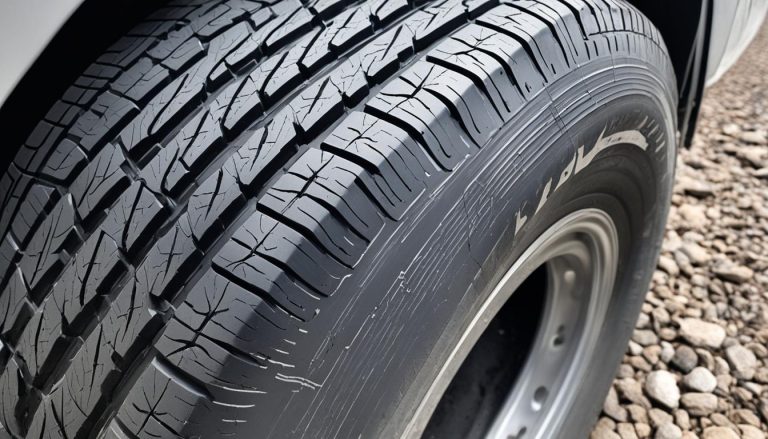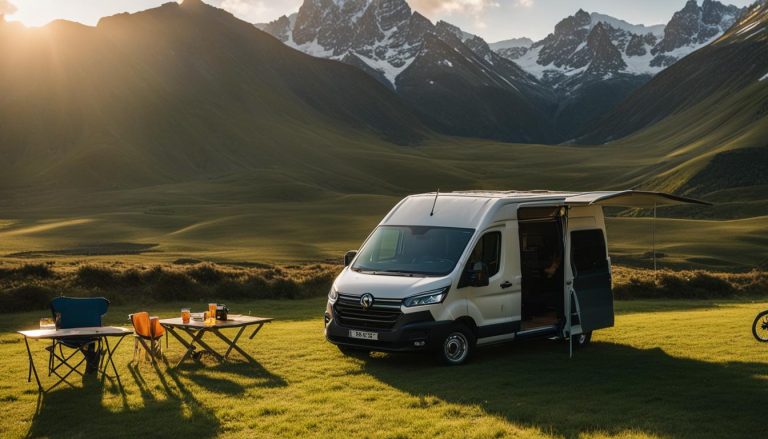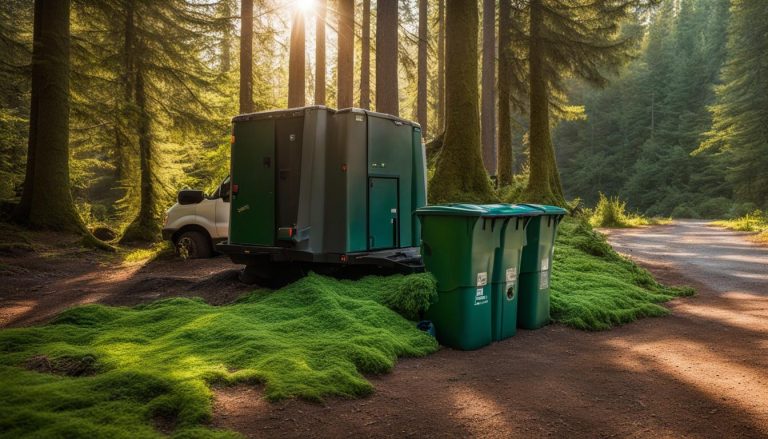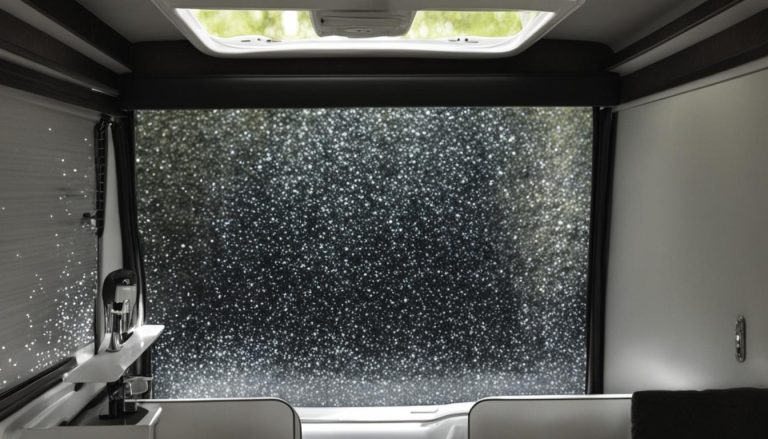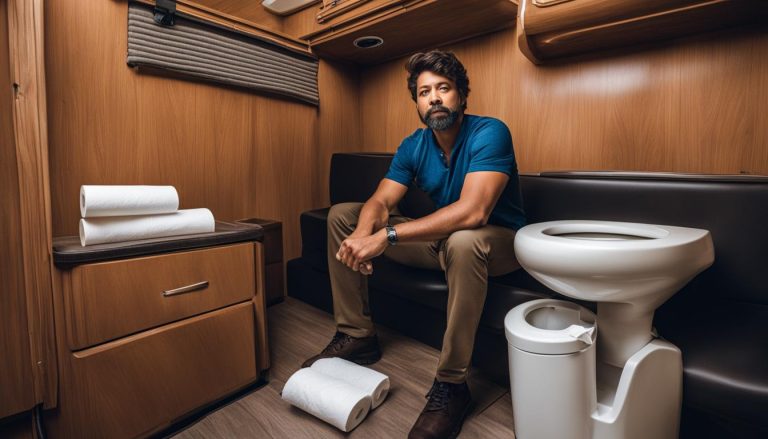Step-by-Step Guide: How to Close Your RV Awning
gorvlifestyle.com and its partners may earn a commission if you purchase a product through one of our links
Welcome to our step-by-step guide on how to close your RV awning. Whether you’re packing up for a road trip or preparing for inclement weather, knowing how to properly close your RV awning is essential. In this guide, we will walk you through the process, providing you with clear instructions so you can confidently close your awning without any hassle.
Before we begin, it’s important to note that awning designs may vary, so always consult your RV’s user manual for specific instructions. However, our guide will give you general steps that are applicable to most RV awnings. Let’s get started!
Key Takeaways:
- Knowing how to close your RV awning is essential for travel and weather protection.
- Consult your RV’s user manual for specific instructions based on your awning design.
- Our step-by-step guide provides general instructions applicable to most RV awnings.
- Follow the instructions carefully to ensure a smooth and easy closing process.
- Regular maintenance and troubleshooting can help prolong the lifespan of your RV awning.
Tips for Closing an RV Awning Safely
When it comes to closing your RV awning, following the right techniques and safety precautions is essential. By doing so, you can ensure the longevity of your awning while also preventing any unnecessary damage. Here are some quick tips for closing your RV awning safely:
- Check the weather: Before closing your awning, be sure to check the weather forecast. Avoid closing it during high winds, storms, or heavy rain to prevent any potential damage.
- Remove any debris: Clear off any dirt, leaves, or other debris from the top of your awning before closing it. This will help prevent clogging and ensure a smooth closing process.
- Retract the support arms: Start by retracting the support arms of your awning. Make sure to follow the manufacturer’s instructions and use the proper mechanisms to do so safely.
- Secure the fabric: Once the support arms are retracted, secure the awning fabric properly. Check for any loose straps or flapping fabric and adjust as needed.
- Double-check the closure: Take a moment to double-check that your awning is securely closed. Ensure that all latches, locks, and fasteners are properly engaged.
Following these best practices for closing your RV awning will help protect your investment and ensure a trouble-free camping experience. By taking just a few extra minutes to close your awning safely, you can enjoy peace of mind knowing that your RV is properly protected.
| Tips for Closing an RV Awning Safely |
|---|
| Check the weather |
| Remove any debris |
| Retract the support arms |
| Secure the fabric |
| Double-check the closure |
Maintaining Your RV Awning
Proper maintenance of your RV awning is essential for ensuring its longevity and functionality. By following these maintenance tips, you can keep your RV awning in excellent condition for years to come:
- Regular cleaning: Clean your RV awning regularly to remove dirt, debris, and stains. Use a mild detergent, a soft brush, and warm water to gently scrub the awning fabric. Rinse thoroughly and allow it to dry completely before retracting.
- Inspect for damage: Inspect your RV awning for any signs of wear and tear, such as tears, holes, or loose stitching. If you notice any damage, repair it promptly to prevent further deterioration.
- Protect from harsh weather: During inclement weather or when your RV is not in use, retract the awning to protect it from strong winds, heavy rain, or snow. This will help prevent damage and extend its lifespan.
- Apply fabric protectant: Consider using a fabric protectant spray specifically designed for RV awnings. This can help repel water, resist stains, and protect against UV rays, keeping your awning looking vibrant and preventing premature fading.
- Keep the awning taut: Ensure that your awning is properly tensioned to prevent sagging and water pooling. Adjust the tension arms or springs as needed to maintain optimal tension.
By following these simple maintenance tips, you can prolong the life of your RV awning and enjoy its shade and protection for many camping adventures to come.

“Regular cleaning, inspection for damage, protection from harsh weather, application of fabric protectant, and keeping the awning taut are essential maintenance practices for your RV awning.”
Troubleshooting Common RV Awning Issues
If you own an RV, you know that the awning is an essential component that provides shade and protection from the elements. However, like any mechanical system, it can encounter problems from time to time. Here are some common RV awning problems and their solutions to help you troubleshoot:
1. Awning Won’t Extend or Retract
This is a frustrating issue that can occur due to various reasons, such as a faulty motor or a disconnected power source. To fix this problem, start by checking the power supply and ensuring that it is connected properly. If the power is fine, check for any obstructions in the awning’s mechanism or track. If necessary, manually extend or retract the awning as a temporary solution until you can resolve the underlying issue.
2. Awning Fabric Tears or Snaps
Over time, the awning fabric may develop tears or snaps due to exposure to harsh weather conditions or improper usage. To repair small tears, you can use a patch kit designed specifically for awning fabrics. For larger damages, it may be necessary to replace the entire fabric. Regularly inspecting and maintaining the awning fabric can help prevent such issues.
3. Awning Roller or Arms Get Stuck
If your awning roller or arms become stuck and refuse to move, it could be due to dirt, debris, or rust accumulation. Start by cleaning the roller and arms thoroughly, removing any obstructions. Apply a silicone-based lubricant to the moving parts to ensure smooth operation. If rust is causing the issue, you may need to remove it using a rust remover and apply a protective coating to prevent further damage.
4. Awning Sags or Won’t Stay in Place
If your awning sags or won’t stay in place when extended, it could be due to loose or worn-out hardware. Inspect the tie-down straps, support arms, and brackets for any signs of damage or wear. Tighten any loose bolts or screws and replace any damaged hardware as needed. Additionally, adjusting the tension on the awning fabric can help prevent sagging and keep it securely in place.
By addressing these common RV awning problems promptly, you can ensure the longevity and functionality of your awning. Regular maintenance and proper usage are also key to preventing issues from arising in the first place. If you encounter more complex problems or need professional assistance, it’s recommended to consult a qualified RV technician.
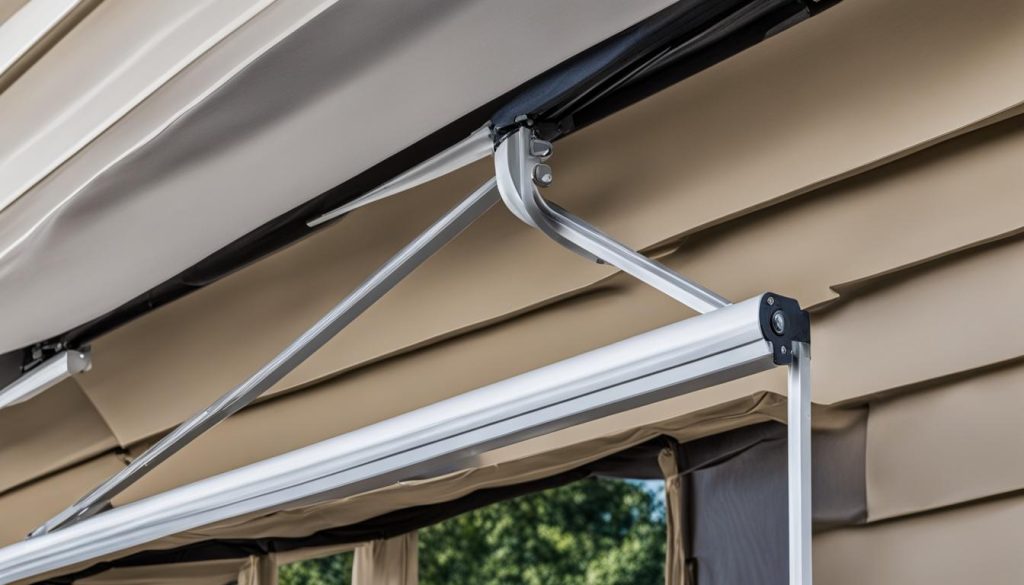
| Common RV Awning Problems | Solutions |
|---|---|
| Awning won’t extend or retract | Check power supply and mechanism for obstructions Manually extend or retract as a temporary solution |
| Awning fabric tears or snaps | Use awning fabric patch kit for small tears Replace fabric for larger damages |
| Awning roller or arms get stuck | Clean roller and arms, remove obstructions Apply lubricant and remove rust if necessary |
| Awning sags or won’t stay in place | Inspect hardware for damage or wear Tighten bolts, replace hardware if needed Adjust fabric tension |
Safety Precautions when Closing RV Awning
When it comes to closing your RV awning, taking the necessary safety precautions is important for both your well-being and the longevity of your awning. Here are some essential tips to keep in mind:
1. Check the weather conditions: Before closing your awning, ensure that the weather is suitable for the task. If there are strong winds or heavy rain, it’s best to delay closing the awning until the conditions improve. Sudden gusts of wind can damage the awning, and rainwater can collect and cause mold or mildew.
2. Clear the area: Before closing the awning, make sure the area is clear of any obstructions. Remove any chairs, tables, or other objects that may hinder the closing process. This will prevent any accidental damage to the awning or other belongings.
3. Follow the manufacturer’s instructions: Different RV awnings may have specific guidelines for closing. Be sure to carefully read and follow the manufacturer’s instructions to ensure a safe and proper closing process. If you no longer have the instructions, you can often find them online or contact the manufacturer for guidance.
4. Take it slow and steady: When closing the awning, avoid rushing the process. Take your time and ensure that each step is performed correctly. This will minimize the risk of accidents and ensure that the awning is properly retracted.
Remember, following these safety precautions will not only keep you safe but also help preserve the quality of your RV awning. By taking the time to close it properly, you can enjoy a worry-free journey on the road.
FAQ
How do I close my RV awning?
To close your RV awning, follow these steps:
What are some tips for closing an RV awning safely?
When closing your RV awning, keep these tips in mind to ensure safe and effective operation:
How do I maintain my RV awning?
Proper maintenance of your RV awning is essential for ensuring its longevity and functionality. Here are some maintenance tips:
What should I do if I encounter any issues with my RV awning?
If you encounter any issues with your RV awning, here are some common problems and their solutions:
Are there any precautions I should take when closing my RV awning?
To ensure your safety and prevent damage to your RV awning, follow these precautions when closing it:

